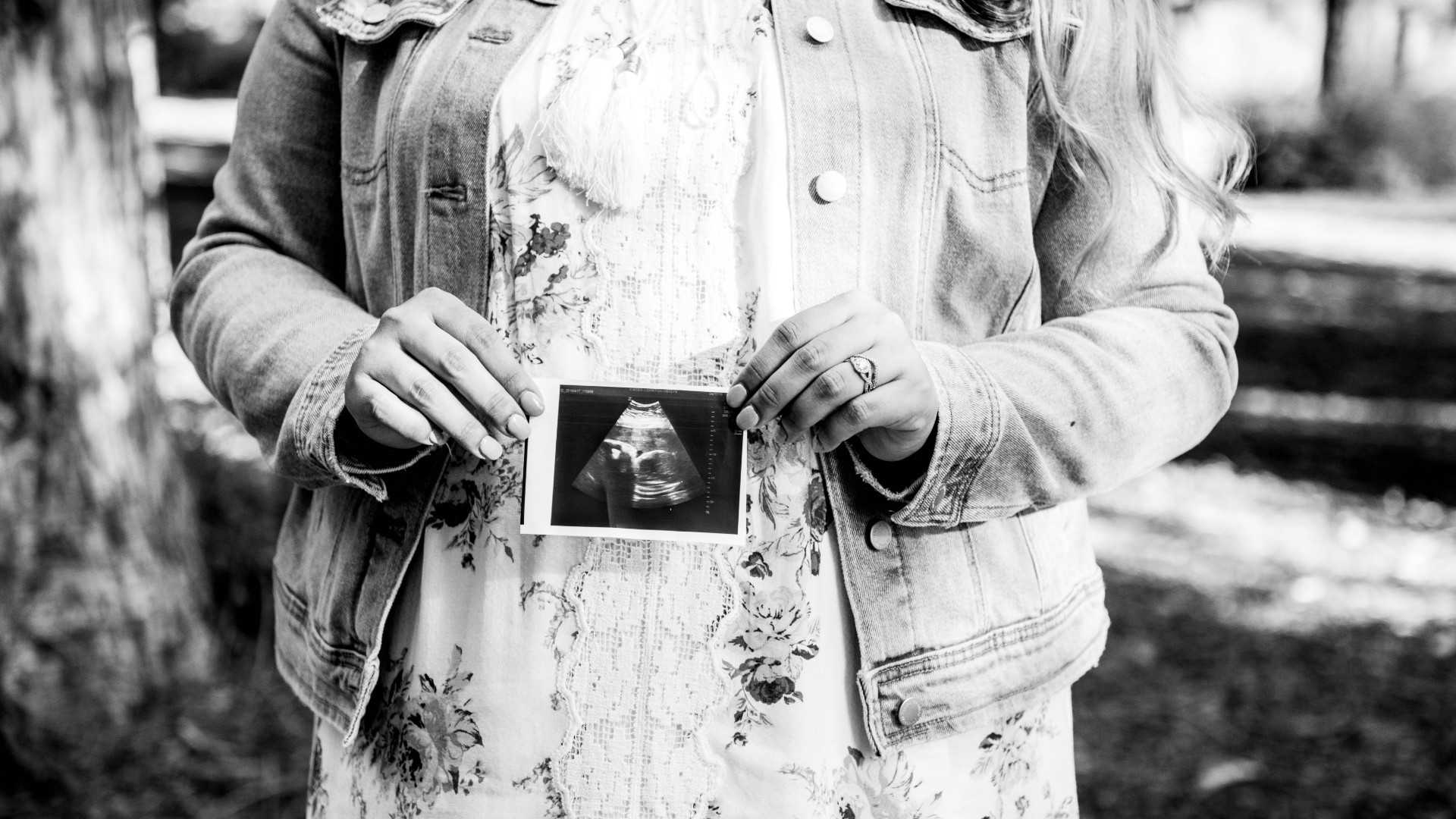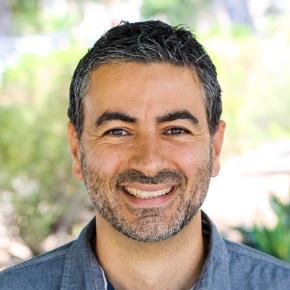The SLED Test is a simple argument against abortion.
The pro-life view is that the unborn are human beings just like you and me. That’s why it’s wrong to kill them. Although many abortion-choice advocates agree the unborn are human, they deny they are valuable human beings. They think this distinction justifies killing the unborn.
Often they use personhood language to express this view. They say the unborn might be human, but it’s not a person.
When confronted with this claim, ask a simple question: “What’s the difference between a human being and a human person?” They must answer this question. Why? They’ve just made the incredible claim that there are human beings that can be killed with impunity because they are not persons. What are their reasons for this view? What’s the difference between a born human and an unborn one that justifies killing the latter?
Abortion-choice advocates typically cite one or more characteristics they believe make a human being a person. Each of these characteristics fall under one of four categories. You can remember these categories with the acronym SLED: Size, Level of development, Environment, and Degree of dependency.
Although it’s true the unborn differs from a born human in these four ways, none of them is a relevant difference. None of them justifies killing the unborn. Consider how each category is irrelevant to human value.
Size: The unborn is clearly smaller than a born human. It’s hard to reason how a difference in size, though, disqualifies someone from being a person. A four year-old is smaller than a fourteen year-old. Can we kill her because she’s not as big as a teenager? No, because a human being’s value is not based on their size. She’s still equally a person even though she differs in that characteristic. In the same way, the unborn is smaller than a four year-old. If we can’t kill the four-year old because she’s smaller, then we can’t kill the unborn because she’s smaller either.
Level of development: The unborn is also less developed than a born human being. How does this fact, though, disqualify the unborn from personhood? A four year-old girl can’t bear children because her reproductive system is less developed than a fourteen year-old girl. That doesn’t disqualify her from personhood. She is still as equally valuable as a child-bearing teen. The unborn is also less developed than the four year-old. Therefore, we can’t disqualify her from personhood for the same reason we can’t disqualify the four year-old. Both are merely less developed than older human beings.
Environment: The unborn is located in a different environment than a born human. How does your location, though, affect your value? Can changing your environment alter your status as a person? Where you are has no bearing on who you are. An astronaut who spacewalks in orbit is in a radically different environment than a person on the planet. No one could reasonably deny his personhood simply because he’s in a different location. Scuba divers who swim under water and spelunkers who crawl through caves are equally as valuable as humans who ride in hot-air balloons. If changing your environment can’t change your fundamental status, then being inside or outside a uterus can’t be relevant either. How could a 7-inch journey through the birth canal magically transform a value-less human into a valuable person? Nothing has changed except their location.
Degree of dependency: The unborn is dependent upon the mother’s body for nutrition and a proper environment. It’s hard to see, though, how depending upon another person disqualifies you from being a person. Newborns and toddlers still depend upon their parents to provide nutrition and a safe environment. Indeed, some third-world countries require children to be breast fed because formula is not available. Can a mother kill her newborn son because he depends on her body for nutrition? Or, imagine you alone witnessed a toddler fall into a swimming pool. Would you be justified in declaring him not valuable simply because he depended on you for his survival? Of course not! Since the unborn depends on his mother in the same way, it’s not reasonable to disqualify his value either.
Notice that although toddler and teens differ from each other in the four SLED categories, we don’t disqualify toddlers from personhood. Since born and unborn humans differ in exactly the same ways, we can’t disqualify the unborn from personhood either.
The SLED tactic exposes the argument for abortion for what it really is: unjust discrimination. Abortion-choice advocates deny that all human beings are valuable and deserve protection. Which ones don’t qualify? The ones that are too small, not developed enough, in the wrong location, and are too dependent on other people. In other words, the human beings that satisfy the SLED Test’s criteria are the ones that don’t make the cut.
These four characteristics, though, are arbitrary and allow the strong to disqualify the weak, vulnerable, and defenseless. Sadly, history is crowded with similar examples. African Americans were victims of discrimination. They were a class of human beings that was disqualified from being valuable based on an arbitrary characteristic: their skin color. Jews were also were victims of discrimination. They were a class of human beings that was disqualified from being valuable based on an arbitrary characteristic: their ethnicity. Today, the unborn are victims of discrimination. They are a class of human beings that are disqualified from being valuable based on arbitrary characteristics: their size, level of development, environment, and degree of dependency.
The pro-life position, on the other hand is an inclusive view. It says no human being—regardless of size, skin color, level of development, race, gender, or place of residence—should be excluded from the community of human persons. This view of humanity is inclusive and wide open to all, especially to those who are small, vulnerable, and defenseless.

